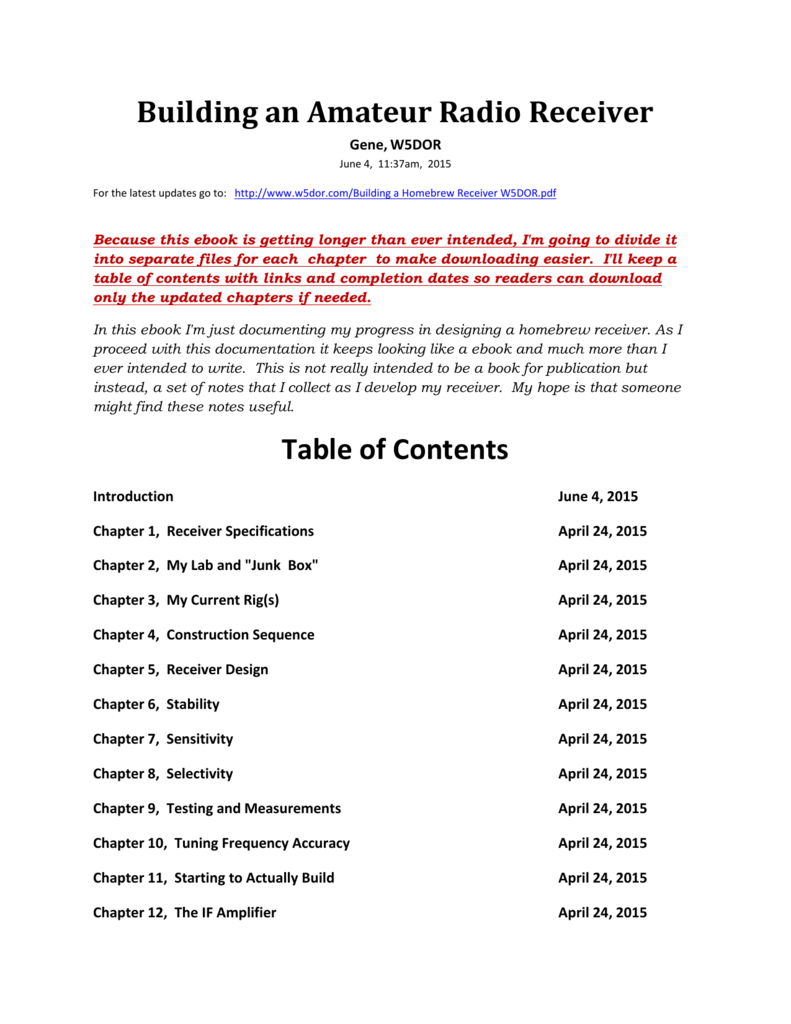

Note, also, the primary (double) resonance about 108 and 130 MHz, as well as the odd-order resonances about 338, 561, 780, and 1,000 MHz. Just ignore the “minus” sign for purposes of this measurement. Note that classical “return loss” is a positive number, but is represented on the analyzer as a negative number. By using the Marker, you can measure both the resonant frequency and return loss. I extended the telescoping antenna to its full height of 27 inches. In the example of Figure 1, I used a small square of aluminum foil to serve as a counterpoise for the monopole antenna being measured.

Next, connect the device whose port is to be measured (antenna, etc.) to the IN port of the coupler and read off the return loss in dB directly on the screen. If you’d like to move this line down, use the Norm Ref Lvl and tuning knob to set this as desired. This will display a normalized (straight) line across the top of the screen at zero dB reference. Press TG on the main panel, then TG On in the soft keys, Normalize, Stor Ref, and Normalize On. Adjust resolution bandwidth to about 30 kHz, or so, for a better dynamic range. The Device to be measured will connect to the IN port of the coupler, but wait until after the normalization procedure to connect it. Connect short coax cables between the CPL port to the DSA815 RF Input and the OUT port to the tracking generator Gen Output port. You’ll need a Mini-Circuits ZF-DC-5 20 dB coupler, or equivalent. All that’s required is to measure the return loss (in dB) and use that to calculate VSWR using Equation 1.įigure 1 – Measurement setup for return loss. This method is an alternative when the VSWR option is not included. If you don’t have this option, you can alternatively measure return loss (RL) using just the tracking generator feature. If you’ve also ordered the VSWR option, the measurement will read out VSWR directly. In order to use the Rigol DSA815 to make these measurements, it must have the tracking generator option. This would usually be expressed as a VSWR of “1.3”.


For example, an antenna may measure 1.3:1 at resonance. This article discusses how to use the Rigol DSA815 to make this measurement. For example, if an antenna measured a VSWR of 2:1 at a particular frequency, this could indicate an antenna impedance of either 100 or 25 Ohms (the impedance deviated from 50 Ohms by either twice or half). It is generally expressed a a ratio of the measured impedance to 50 Ohms. Voltage Standing Wave Ratio (VSWR) is a measurement of the impedance match of any RF component, subassembly, instrument in reference to a standard 50-Ohm resistive impedance.


 0 kommentar(er)
0 kommentar(er)
